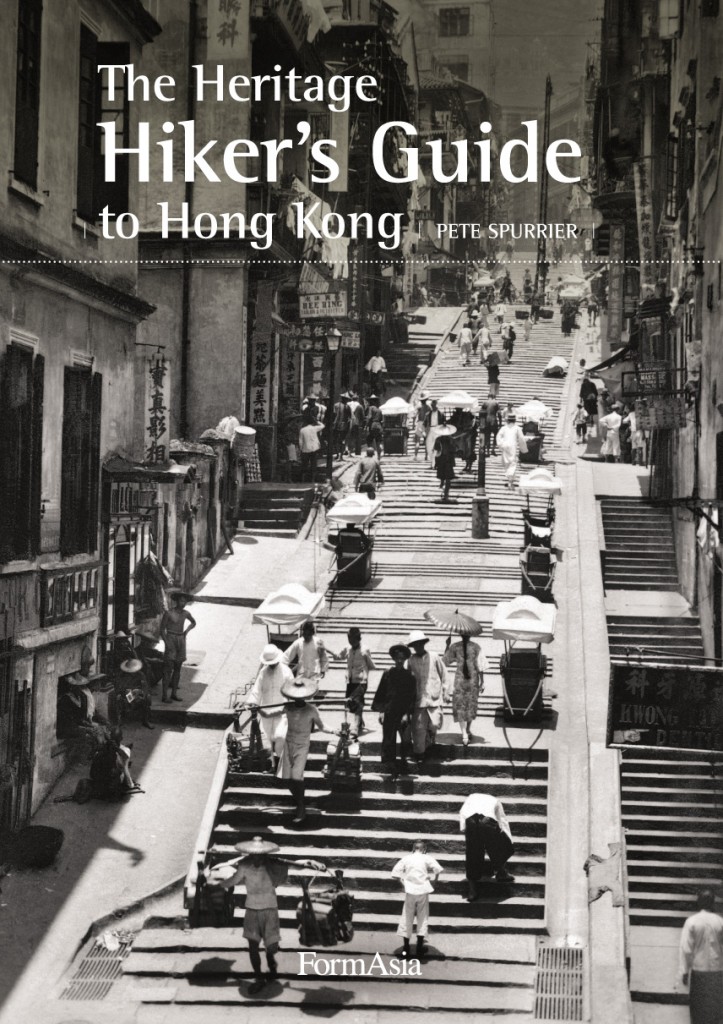 As the weather cools, I’m pleased to announce the publication of The Heritage Hiker’s Guide to Hong Kong — available from all local bookshops from later this week, or directly from the website of FormAsia Books.
As the weather cools, I’m pleased to announce the publication of The Heritage Hiker’s Guide to Hong Kong — available from all local bookshops from later this week, or directly from the website of FormAsia Books.
When I began to write the book which became the first in this series – a walking guide to Hong Kong’s high peaks and long-distance trails – I had no idea it would lead to an illustrated book about local history.
Before recent times, there was less call for a book like this. The accepted view was that Hong Kong people cared little for their heritage. Besides the clans of the New Territories, few residents had deep roots in Hong Kong; many had used the city only as a stepping stone between China and a more prosperous life overseas. And before the issue of 1997 had been settled, the future of Hong Kong itself was uncertain. Everything was seen as transient. Who would spend too much time worrying about a ‘borrowed place living on borrowed time’?
But since the protests against the demolition of the Star Ferry pier a few years ago, that has all changed. Hong Kong people – and especially young people – have woken up to the value of a connection to their past. Historic places, those which evoke collective memories, now have legions of defenders sworn to protect them at all costs.
This new interest in shared heritage is part of a wider trend towards protest of all kinds in Hong Kong: against delays in more representative elections, against reclamation of the harbour and other harm to the environment, against the profiteering of developers, and most vociferously against the perceived collusion between government and big business. Angry citizens are now ready to confront the government on every issue – a problem the colonial authorities rarely faced. Already it seems that their voices have been heard, and the tide has turned for the better on heritage conservation.
Hong Kong has been many things: a string of fishing villages; a centre of the opium trade; a refuge for revolutionaries; a freewheeling market where fortunes could be made; a prize of war; a window on China; a colony with an expiry date; a beautiful city. It can be hard to find reminders of ages gone by, but they still exist. I hope this guidebook will help you discover some of them.
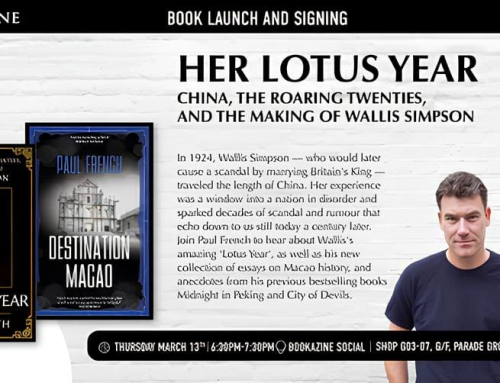
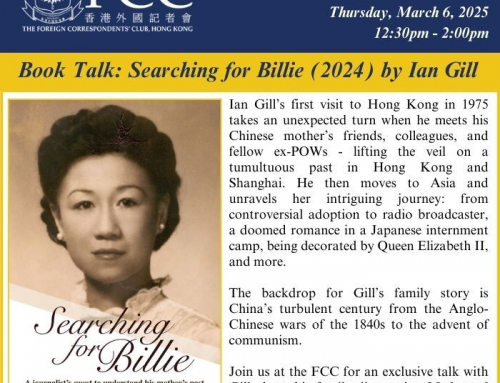
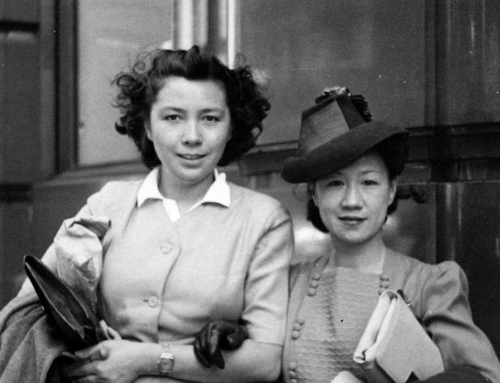
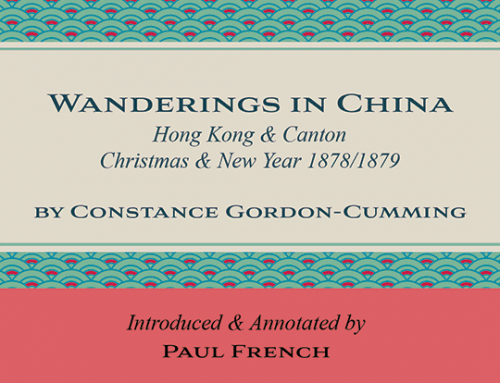

Wow, your new book looks and sounds wonderful!! Although I’m not much of a hiker, some of my favorite days in Hong Kong were spent walking through the territory’s less-developed areas. It’s so important to keep these spots preserved for the next generations, and a book like yours will help ensure that they don’t disappear anytime soon.
Thanks Susan! Good sales for the previous books in this series have been an encouraging sign.
Congratulations Pete. I’ve been looking forward to this for a long time. It was the Leisurely guide that kick-started my interest in this kind of thing, so many thanks.
I echo Susan’s comments. Let’s hope you don’t have to do too many rewrites to remove stuff that gets demolished :-( (maybe you should send a complimentary copy to Donald, it might make him realise this stuff has a market)
Hi Pete —
Does your book have information about how and why there came to be a (now abandoned) school at Lin Fa Shan (inside Tai Lam Country Park)? If so, I’m definitely getting it! :b
YTSL, no it doesn’t, but if you can give me any clues, I’ll include it in the next edition!
Long overdue! Congratulations Pete. I’ll have to get my copy.
Hi Pete —
Just did a post on my blog about the school:-
http://webs-of-significance.blogspot.com/2011/02/education-this-weeks-photo-hunt-theme.html
Enough clues on it for you (to further investigate)? Hope so! :b